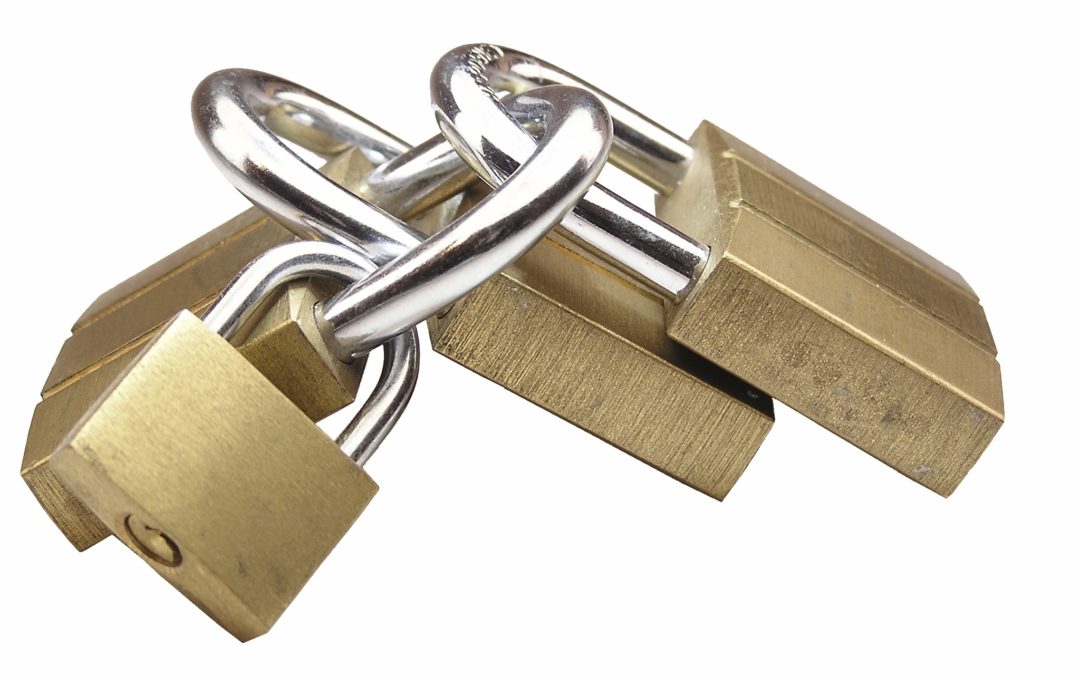Barriers to entry for SMEs / SMBs currently abound in relation to their potential implementation of Business Excellence.
Since the late 1950s, we have known that a well-structured approach to Business Excellence yields tremendous net benefits for an SME / SMB. That’s the good news. The bad news is that less than about 1% of these businesses globally are doing it. My concern is for the other 99%.
Barriers to Entry: Australian CEO feedback on reasons for non-participation
Over the past decade at many public speaking engagements in Australia, I have been canvassing the views of many CEOs as to why they have made no attempt to implement a well-structured, holistic approach towards the never-ending business excellence journey. The most frequent responses are along the following lines:
- Have no idea about what would be involved.
- Can’t afford the substantial costs of a comprehensive consultant-led implementation.
- Still too busy surviving post GFC to even think about it.
- Thought it was more for big companies like Toyota, GE or IBM – not a small company like ours.
- Heard that applying our nation’s official Business Excellence Framework is too complex and onerous for SME implementation.
I suspect the CEO responses in other countries would be similar.
Elephant in the room
This non-participation is a huge handicap for individual companies as well as for Australia’s national economy. It is the ‘elephant in the room’ issue. It causes more damage than having too much red tape on business, too much corporate tax, poor industrial relations or Federal-State tensions.
If an effective way of implementing Business Excellence in SMEs is to be found, it must overcome all five perceived barriers to entry.

